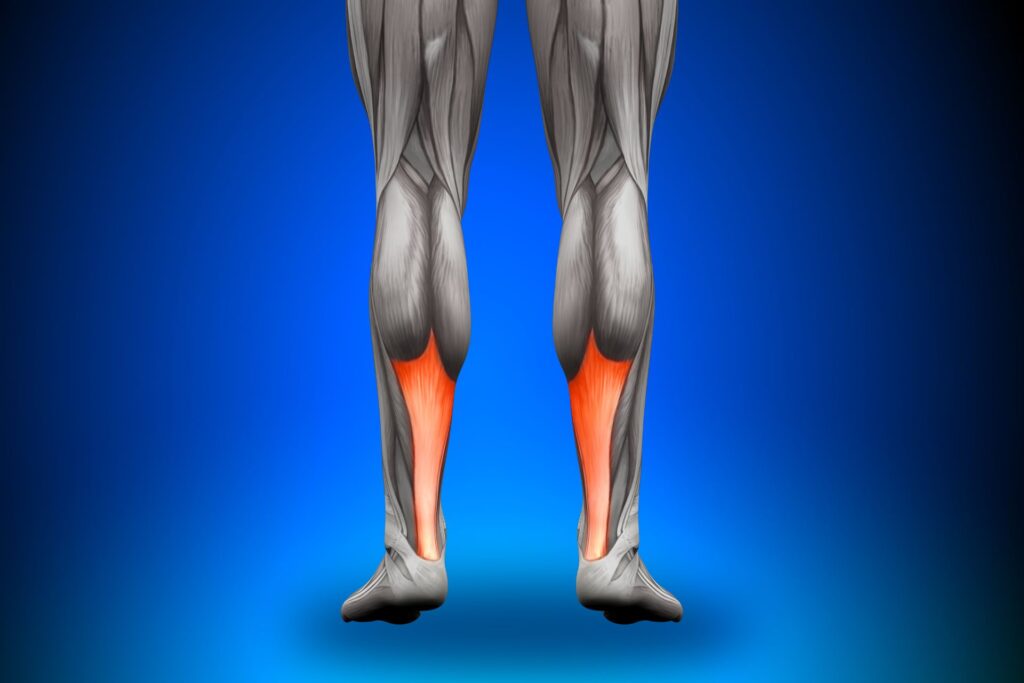Tenosynovitis Treatment In North York
Tenosynovitis, characterized by inflammation of the sheath surrounding a tendon, requires a multifaceted approach to treatment. The primary goal is to alleviate pain, reduce inflammation, and restore normal function to the affected tendon.
Treatment typically begins with conservative measures such as rest, ice therapy, and the use of nonsteroidal anti-inflammatory drugs (NSAIDs) to reduce pain and swelling. Physical therapy plays a crucial role in rehabilitation, focusing on stretching and strengthening exercises to improve flexibility and muscle strength around the affected tendon.
Additionally, splinting or immobilization may be necessary to allow the tendon to rest and heal properly. In more severe cases or those resistant to conservative treatment, corticosteroid injections may be administered directly into the tendon sheath to reduce inflammation and pain. Surgical intervention may be considered in rare cases where conservative measures fail to provide relief or if there is significant damage to the tendon.
Overall, early diagnosis and prompt initiation of treatment are essential for successful management of tenosynovitis.
- Tenosynovitis is the inflammation of the sheath surrounding a tendon, often caused by repetitive motion or overuse.
- Common symptoms include pain, swelling, and difficulty moving the affected joint.
- Treatment typically involves rest, ice therapy, NSAIDs, and physical therapy to reduce inflammation and restore function.
- Corticosteroid injections may be used for more severe cases, while surgery is reserved for rare instances where conservative measures fail.
Symptoms
1. Pain: Persistent or intermittent pain along the affected tendon, exacerbated by movement or pressure.
2. Swelling: Visible swelling or thickening of the tendon sheath, often accompanied by warmth and tenderness to the touch.
3. Stiffness: Difficulty moving the affected joint due to stiffness, particularly after periods of rest or in the morning.
4. Reduced Range of Motion: Limited range of motion in the affected joint, making it challenging to perform everyday activities.
5. Crepitus: A sensation of crackling or grating when moving the affected tendon, indicating friction within the inflamed sheath.
6. Weakness: Decreased strength in the affected limb or joint due to pain and inflammation affecting muscle function.
7. Redness: Localized redness or discoloration around the affected tendon, often indicative of inflammation.

Book An appointment

